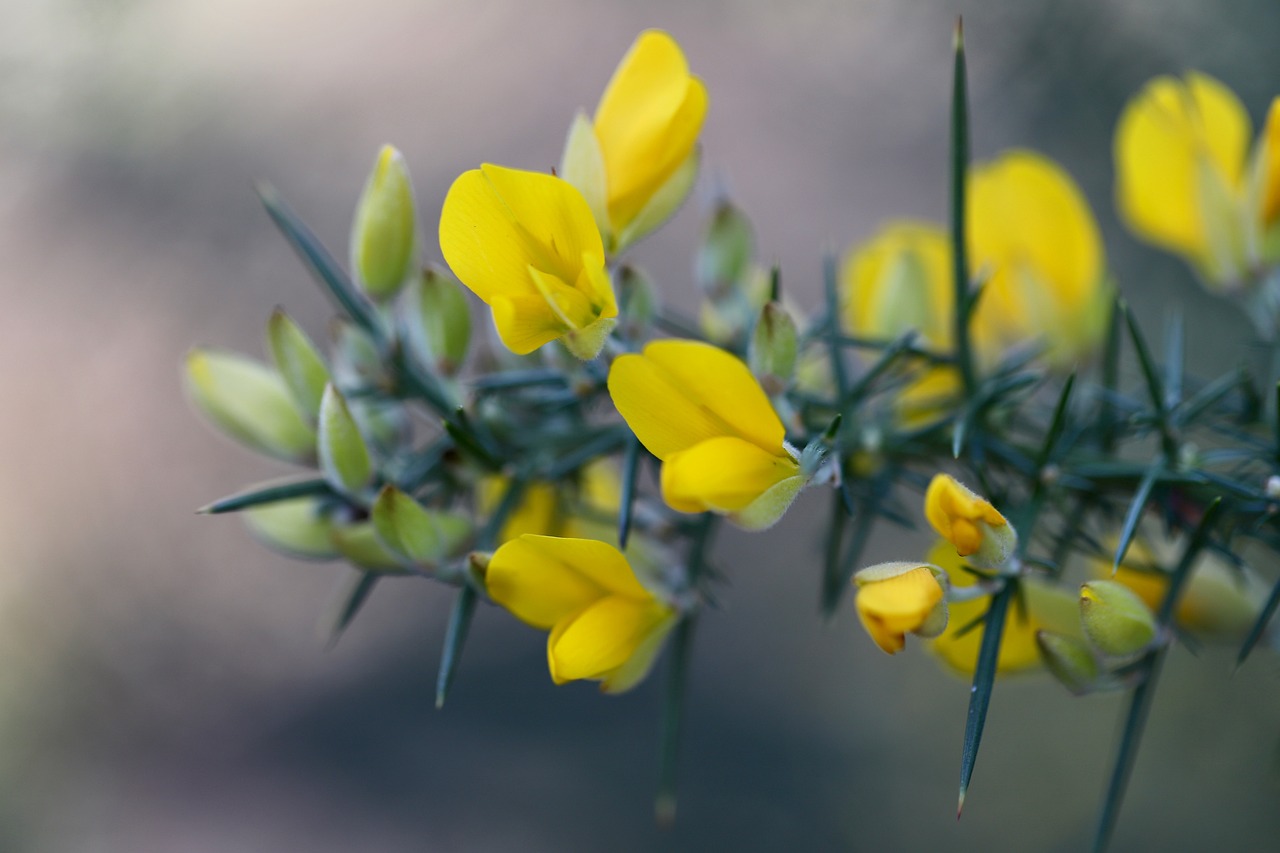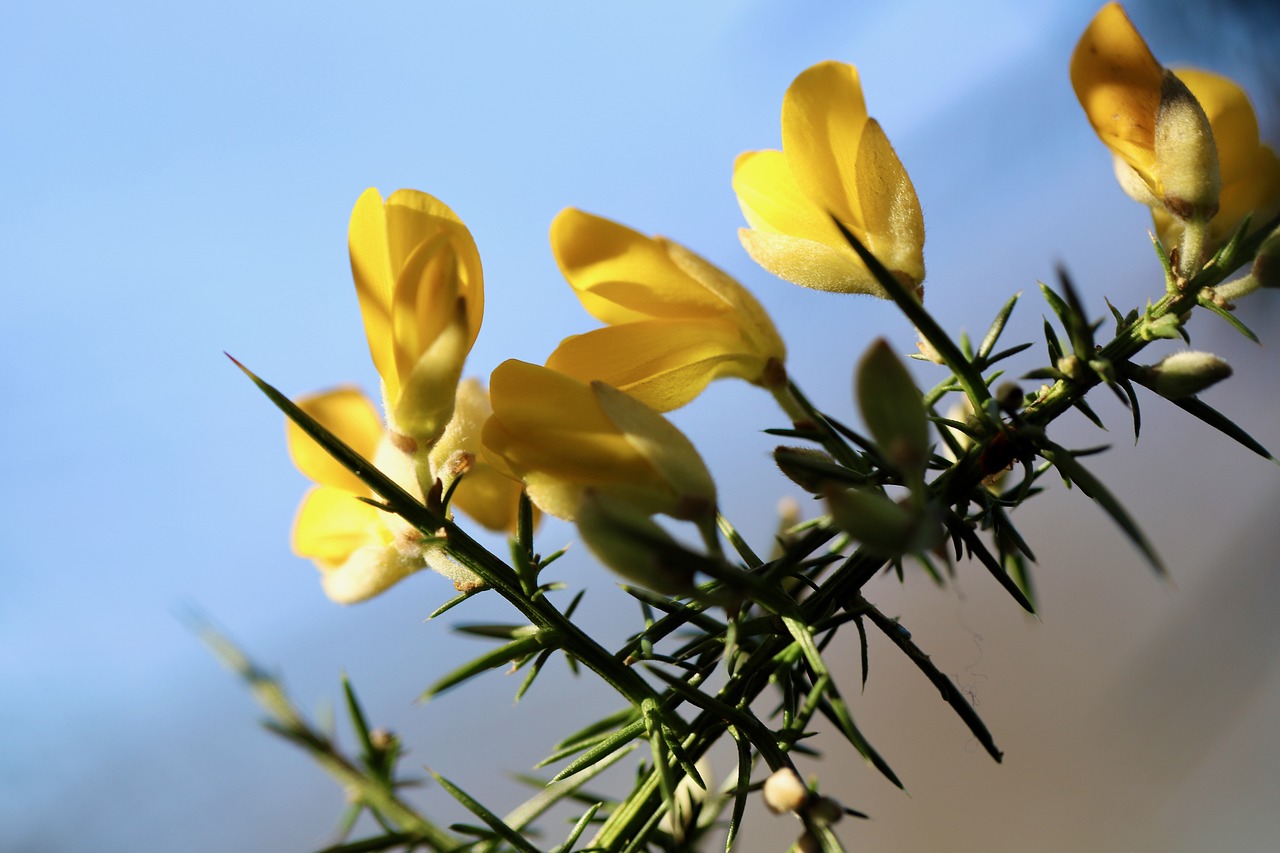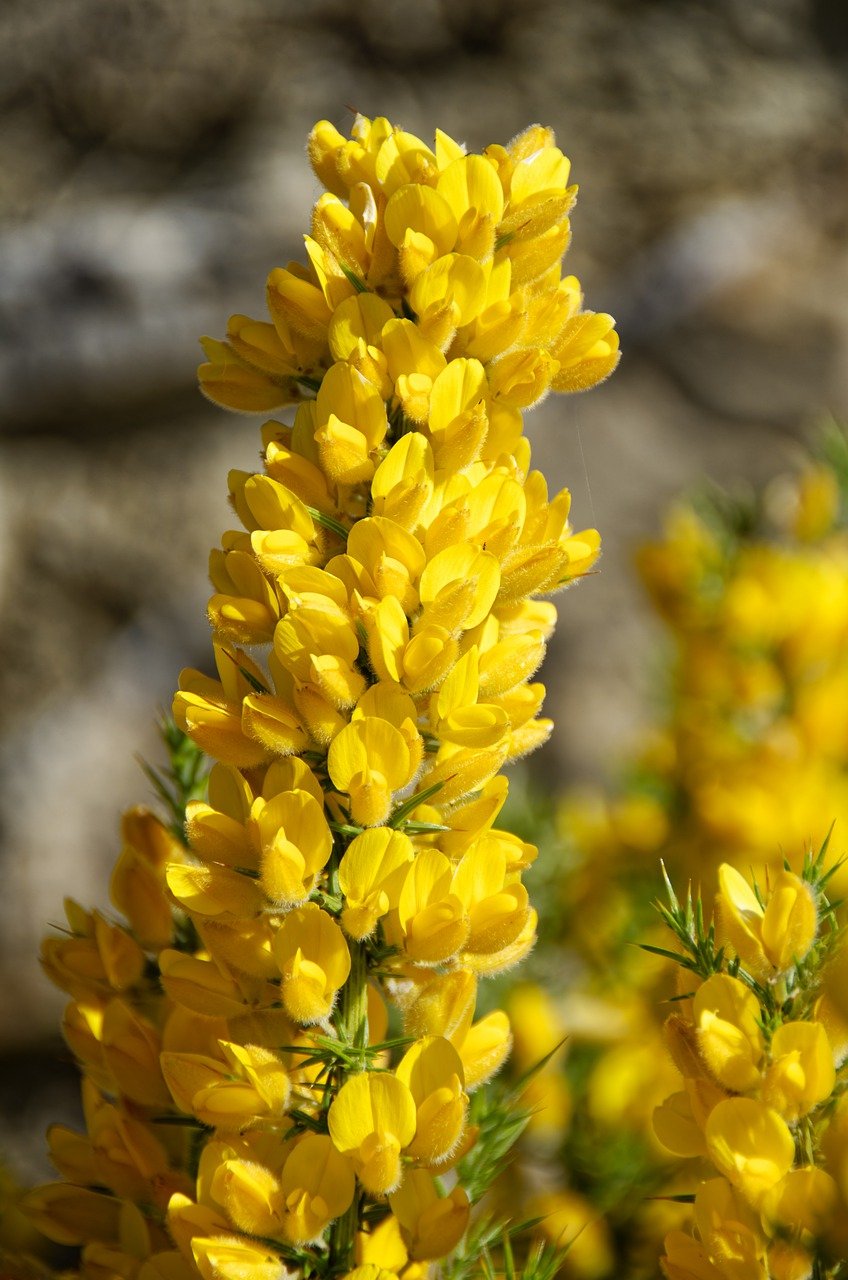“`html
Understanding Gorse: A Comprehensive Guide
Welcome to our in-depth exploration of gorse, a unique and fascinating plant known for its vibrant yellow flowers and resilient nature. In this post, we will delve into gorse’s habitat, characteristics, symbolism, and provide tips on how to grow it successfully. Whether you’re a gardening enthusiast or simply curious about this remarkable plant, this guide offers valuable insights to enhance your knowledge.
What is Gorse?
Habitat of Gorse
Gorse, scientifically known as Ulex, is a genus of flowering plants in the family Fabaceae. It is native to Europe, particularly thriving in the British Isles and the western coast of Europe. Gorse is well-adapted to poor, sandy soils often found in coastal areas, heathlands, and grasslands. It is highly resilient and can withstand harsh weather conditions, making it a common sight in rugged landscapes.
Characteristics of Gorse
Gorse is a perennial evergreen shrub, characterized by its dense, thorny branches and bright yellow flowers. The plant can grow up to 2-3 meters in height and is known for its ability to form dense thickets. The flowers, which bloom primarily in spring, are fragrant and attract a variety of pollinators. Gorse’s leaves are reduced to spines, which help minimize water loss, an adaptation crucial for surviving in its native habitats.
Symbolism of Gorse
Gorse holds rich symbolism in various cultures. In Celtic tradition, it is associated with fertility and protection, often used in rituals to ward off evil spirits. The bright yellow flowers symbolize hope and renewal, making gorse a plant of resilience and optimism. In some folklore, gorse is linked to love and is believed to bring good luck in marriage.

How to Grow Gorse
Choosing the Right Location
When growing gorse, selecting the right location is crucial. This plant thrives in full sunlight and prefers well-drained, sandy soil. It is ideal for coastal gardens or areas with poor soil where other plants struggle to grow. Ensure the site receives adequate sunlight throughout the day to promote healthy growth and abundant flowering.
Planting Gorse
Plant gorse in the spring or autumn for the best results. Dig a hole twice the size of the root ball and ensure the plant is at the same depth as it was in the pot. Water the plant thoroughly after planting and apply a layer of mulch to retain moisture and suppress weeds. Gorse is low-maintenance, requiring minimal fertilization. However, adding a slow-release fertilizer in the early growing season can enhance its growth.
Watering and Care
Once established, gorse is drought-tolerant and requires little watering. During dry spells, occasional deep watering can help maintain its health. Prune gorse annually after flowering to maintain its shape and encourage new growth. Be cautious of its spiny branches while pruning and wear protective gloves.

Additional Information on Gorse
Benefits of Gorse
Gorse is not only an attractive addition to gardens but also offers ecological benefits. Its dense foliage provides shelter for wildlife, including birds and insects. Moreover, gorse is a nitrogen-fixing plant, improving soil fertility by converting atmospheric nitrogen into a usable form for other plants.
Challenges of Growing Gorse
While gorse is hardy and adaptable, it can be invasive in some regions outside its native range. Its ability to form dense thickets can crowd out native vegetation, leading to ecological imbalances. Therefore, it is essential to monitor its growth and manage its spread in non-native areas.
Resources and Further Reading
For more information about gorse and its environmental impact, visit the National Trust’s Gorse Control Programme page. Additionally, for gardening tips and inspiration, explore our gardening tips section on our website.
In conclusion, gorse is a resilient and beautiful plant that can add a splash of color and ecological value to your garden. By understanding its habitat, characteristics, and cultivation needs, you can enjoy the benefits of this remarkable plant while contributing to biodiversity conservation.
“`
